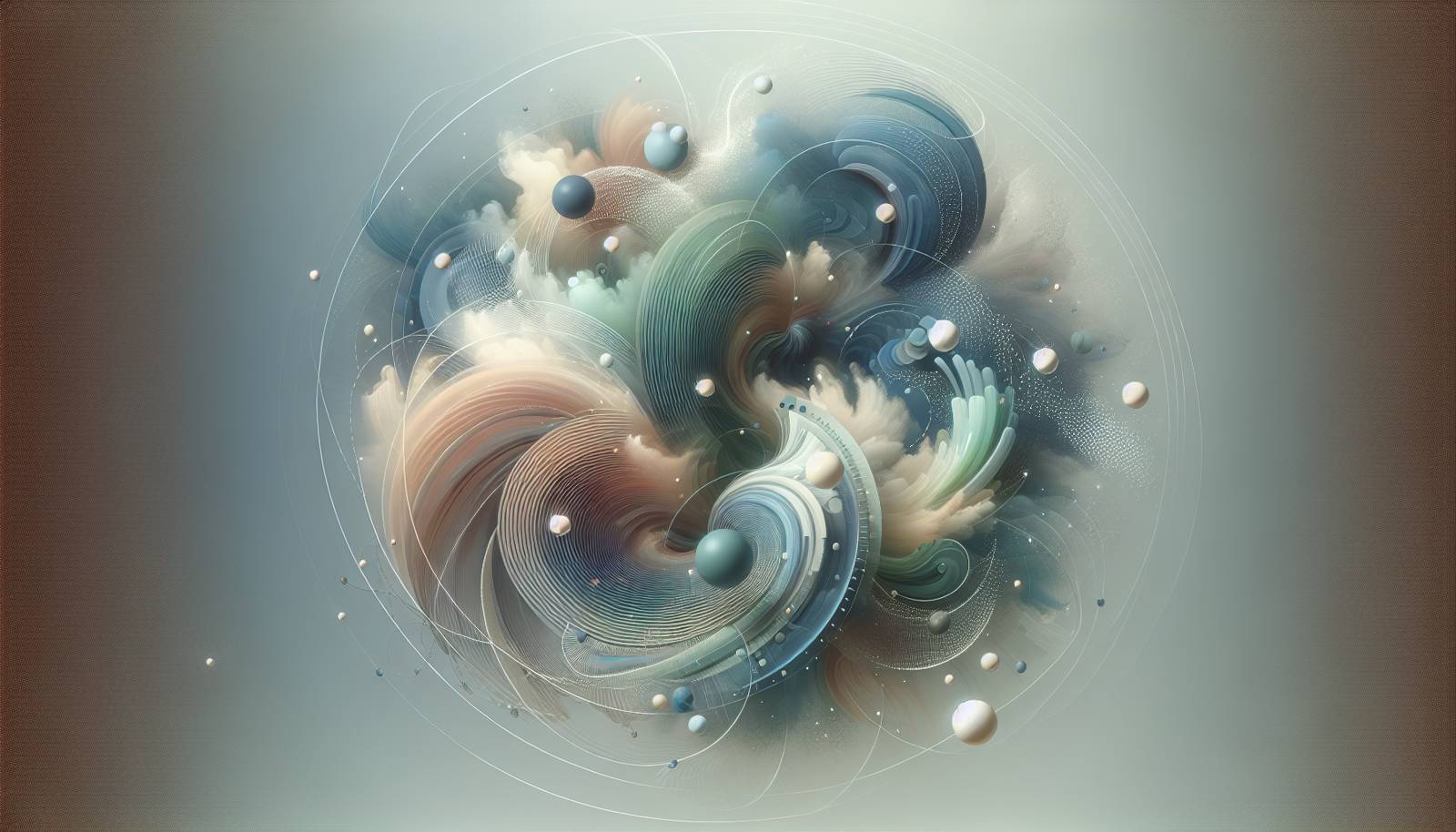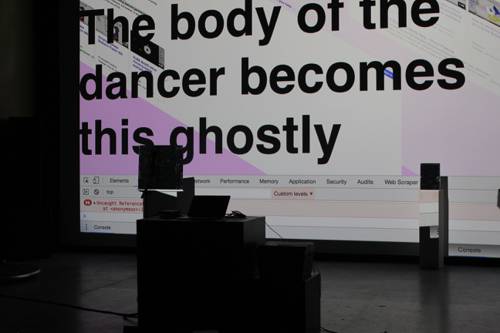
FAQ About The Role of Performance Art in Digital Spaces

What is performance art in digital spaces?
Performance art in digital spaces refers to artistic performances that leverage digital platforms and technologies to reach audiences, often extending the traditional boundaries of physical space. This form of art uses digital tools to create new experiences and interactions that can be streamed, recorded, or shared online, expanding the reach and impact of the performance art.

How has digital technology transformed traditional performance art?
Digital technology has revolutionized traditional performance art by providing artists with new tools for creation and expression. It allows performances to be interactive, incorporating elements like virtual reality, augmented reality, and live streaming. These innovations enable artists to reach global audiences instantly, create participative experiences, and present hybrid forms that blend physical and digital elements.

What are some examples of digital platforms used for performance art?
Examples of digital platforms used for performance art include social media platforms like Instagram and TikTok, video-sharing and streaming sites like YouTube and Twitch, and virtual reality environments such as Oculus or Second Life. These platforms offer artists diverse ways to present their works, interact with audiences, and experiment with digital technologies.

How do digital spaces affect audience engagement in performance art?
Digital spaces significantly enhance audience engagement by allowing artists to reach broader and more diverse audiences worldwide. Viewers can interact with performances in real-time through live comments, votes, or virtual participation, creating a more dynamic and inclusive audience experience. This also allows artists to receive immediate feedback and gauge audience reactions, which can be incorporated into future performances.

What role does social media play in performance art within digital spaces?
Social media plays a crucial role in performance art within digital spaces by acting as a platform for artists to share their work with vast audiences. Platforms like Instagram Live, Facebook, and TikTok enable live performances and promote audience interaction. Social media also provides artists with tools to create visually and narratively compelling content that can go viral, thereby increasing exposure and engagement.

What are the challenges faced by performance artists in digital spaces?
Performance artists in digital spaces face several challenges, including issues of digital accessibility, the potential for reduced artistic authenticity, and the digital divide which can limit audience reach. Additionally, the ephemeral nature of digital content and copyright concerns pose significant challenges. Artists must also contend with algorithmic visibility, which can affect how widely their work is distributed and seen.

How can performance art in digital spaces contribute to cultural exchange?
Performance art in digital spaces fosters cultural exchange by transcending geographical boundaries, enabling artists from different cultures to share their work with global audiences. This digital interplay allows for the sharing of diverse perspectives, traditions, and narratives, facilitating cross-cultural dialogues and appreciation. Artists can collaborate with international peers and audiences, enriching the cultural landscape with a myriad of global influences.

What are hybrid performance arts?
Hybrid performance arts refer to performances that combine elements from both physical and digital domains. These performances integrate traditional art forms, such as theatre or dance, with digital technologies like virtual reality, projections, or interactive media. Hybrid performances offer an innovative approach to storytelling and audience engagement, providing immersive experiences that challenge and broaden traditional notions of performance art.

Are virtual reality and augmented reality significant in performance art?
Yes, virtual reality (VR) and augmented reality (AR) are significant in transforming performance art. These technologies allow artists to create immersive experiences that engage audiences in ways that are not possible in traditional settings. VR can transport viewers into a performance space virtually, offering a 360-degree experience, while AR can overlay digital elements onto the real world, enhancing live performances with interactive and dynamic features.

How can artists monetize their performance art in digital spaces?
Artists can monetize their performance art in digital spaces through various methods such as subscriptions on platforms like Patreon, crowdfunding for projects, live streaming events via pay-per-view platforms, selling tickets for virtual events, and exploring sponsorships or brand partnerships. Additionally, artists can sell digital content or merchandise directly to their online audience, leveraging e-commerce solutions within their digital presence.

What is the impact of the COVID-19 pandemic on performance art in digital spaces?
The COVID-19 pandemic accelerated the adoption of digital spaces for performance art as artists and audiences were confined to their homes. This shift led to an increase in virtual performances, live streaming events, and digital festivals. It pushed artists to innovate and explore new formats and platforms, creating opportunities for greater experimentation and reaching a broader audience who might not have access to traditional venues.

How do digital spaces influence the creative process in performance art?
Digital spaces influence the creative process in performance art by providing artists with new tools and mediums for expression. Technologies such as video editing software, animation, and interactive platforms allow for innovative interpretations and presentations of performance art. The digital landscape encourages collaboration and experimentation, making it easier for artists to develop unique forms and explore new artistic territories.

Can digital performance art be considered as authentic as traditional performance art?
Yes, digital performance art can be considered as authentic as traditional performance art, although it presents different challenges and opportunities. The notion of authenticity in art is subjective and may vary depending on the artist's intention, medium, and audience perception. Digital spaces offer a distinct platform for creativity, allowing artists to express their ideas and connect with audiences in innovative ways while maintaining artistic integrity.

What is the role of live streaming in performance art in digital spaces?
Live streaming plays a crucial role in digital performance art by allowing artists to broadcast their performances in real-time to global audiences. This form of delivery enables interactive viewer participation, fostering a sense of community and immediacy. Platforms such as YouTube Live, Instagram Live, and Facebook Live provide artists with accessible tools for reaching and engaging with broad audiences, accommodating both intimate and large-scale performances.

How do digital spaces democratize performance art?
Digital spaces democratize performance art by making it accessible to a wider audience beyond geographical and social boundaries. Artists can easily share their work, collaborate, and reach audiences who might not have access to traditional venues. The lower cost of digital distribution allows emerging artists to showcase their performances without significant financial barriers, fostering a more diverse and inclusive artistic landscape.

What is the future of performance art in digital spaces?
The future of performance art in digital spaces is promising, with continuous technological advancements offering new possibilities for innovation and audience engagement. As digital platforms evolve, artists are likely to explore more interactive and immersive formats, integrating AI, VR, and AR technologies to enhance their art. This evolution will likely lead to even more diverse and inclusive forms of performance art, with potential for enhanced global collaboration and reach.

How do digital spaces impact the preservation of performance art?
Digital spaces offer new ways to preserve and archive performance art, allowing for greater longevity and accessibility of artworks. Performances can be recorded, edited, and stored digitally, providing artists with opportunities to share their work long after the live event. This digital preservation helps maintain a historical record of performance art, enabling future researchers and audiences to revisit and engage with past performances.

How can digital spaces support the collaboration of performance artists internationally?
Digital spaces facilitate international collaboration among performance artists by providing platforms for virtual communication and shared creative projects. Artists can connect through video conferencing tools, collaborative digital platforms, and social media, allowing them to work together regardless of geographical constraints. This connectivity encourages the blending of different cultural expressions and collaborative creativity, enriching the global performance art community.

What ethical considerations arise with performance art in digital spaces?
Ethical considerations in digital spaces for performance art include issues of consent, privacy, copyright, and the potential for exploitation. Artists must be mindful of the digital rights of individuals featured in their work, ensure that performances are conducted safely and with all participants' consent, and address the ethical implications of using digital content. Additionally, securing rights to any external content used in digital performances is crucial to avoid infringing on intellectual property laws.

How do digital spaces challenge the traditional definition of a performance space?
Digital spaces challenge the traditional definition of a performance space by breaking physical and geographical limitations, offering virtual stages that can be accessed by anyone with an internet connection. Artists can perform from anywhere, using digital tools to create immersive experiences that redefine what a stage can be. This shift expands the possibilities for creative expression and allows performances to reach a broader audience without the constraints of traditional venue-based performances.
